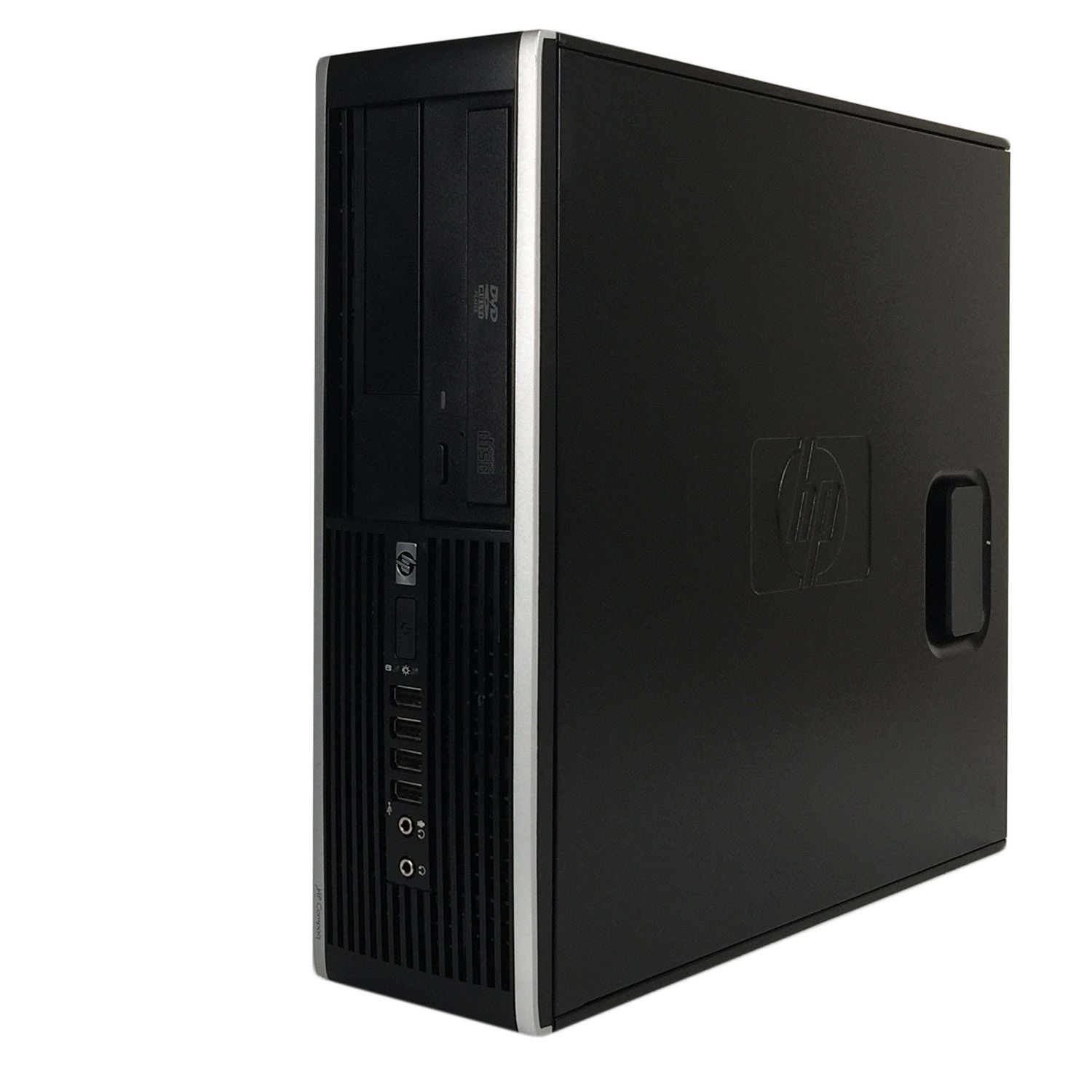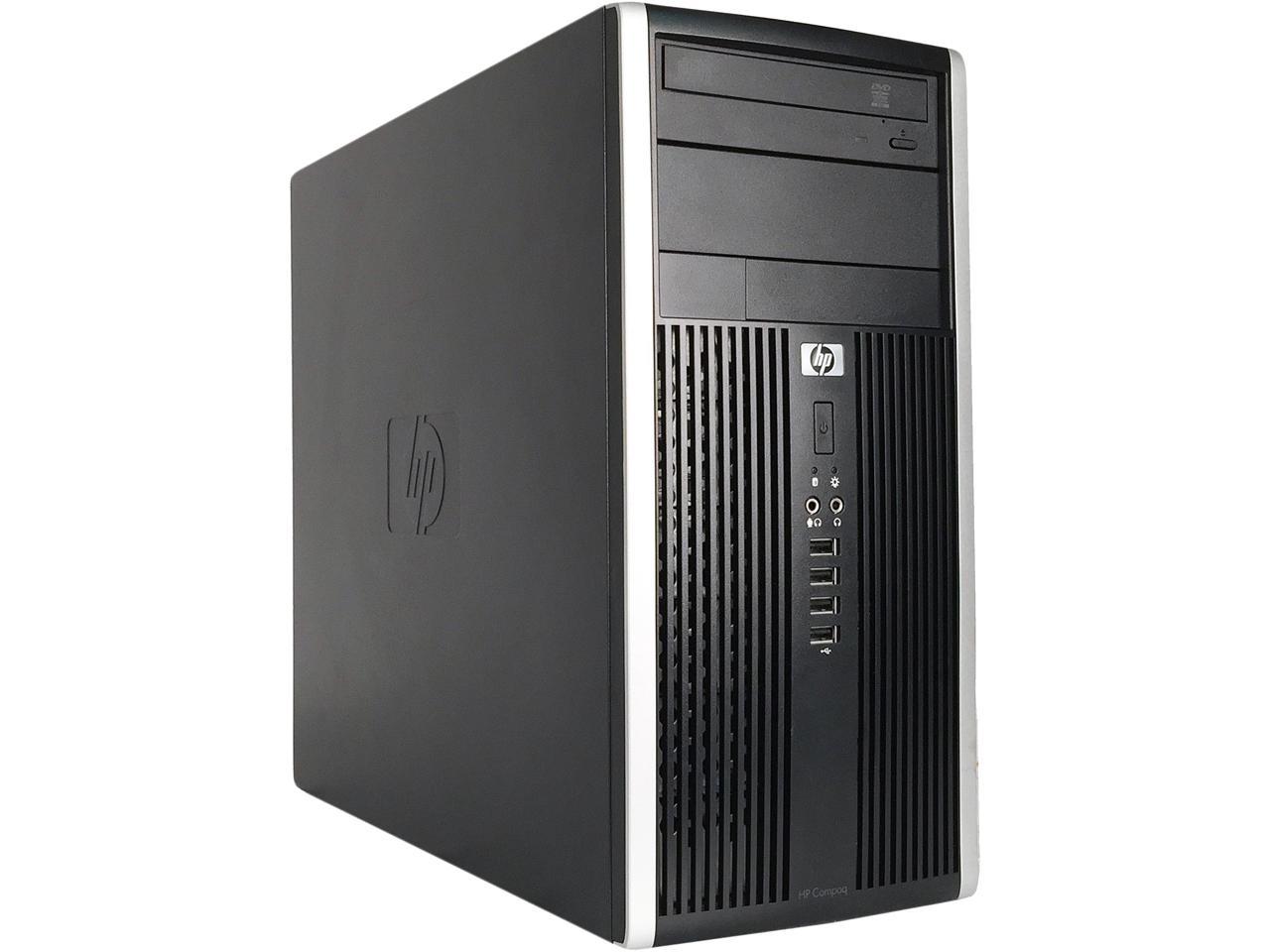
For added future-proofing, look for a system with USB 3.1 Gen 2 and USB-C ports. Front-facing ports are very handy for flash drives, card readers, and other frequently used devices. Ports matter: Beyond the connections necessary to plug in your monitor(s), you’ll want plenty of USB ports for plugging in other peripherals and external storage.Case size and expansion options vary drastically between our picks. The power supply is important: Does the PSU offer enough juice to cover the hardware inside? (In most cases, the answer is yes, but there are some exceptions, particularly if you intend to overclock a CPU.) Additionally, note if the PSU will offer enough power for future upgrades to GPUs and other components.Because of these complications, you should only consider a multi-card desktop if you are after more performance than can be achieved with the best high-end consumer graphics card. Many games don’t perform significantly better with two or more cards in Crossfire or SLI, and some perform worse, forcing you to disable an expensive piece of hardware to get the best experience possible. Don’t buy a multi-card gaming rig unless you have to: If you’re a serious gamer, get a system with the best-performing single graphics card you can afford.Serious game streamers and those doing high-end media creation working with large files will want more, but will have to pay a lot for options going as high as 64 or even 128GB. Don’t buy more RAM than you need: 8GB is OK in a pinch, but 16GB is ideal for most users.
#I7 hp desktops 1080p
Intel’s CPUs tend to perform a bit better when running games at lower resolutions ( 1080p and below), while AMD’s Ryzen processors often handle tasks like video editing better, thanks to their extra cores and threads.
#I7 hp desktops install
Only buy a big desktop tower if you like the look of it and want lots of room to install future upgrades.

If that's too much (and it is a lot of money!) you may want to consider some of the cheaper options on this list. We tested it at a wallet-busting $4,999, and the other configuration with Intel's 12th Gen CPUs starts at $3,649.99. In order to get this top-tier, tiny system, you'll have to pay a high price, however.

Sure, it's possible, but you have very limited room to work with, and the sides don't come off because the radiators are connected to them. But that same petite form factor is what makes it difficult to upgrade. The design pulls in air through the sides and exhausts it out the top, and it's not particularly loud. But in that metal chassis is a set of top-end components, including an Intel Core i9-12900K, Nvidia GeForce RTX 3080 Ti, 64GB of DDR5 RAM and a 2TB PCIe Gen 4 NVMe SSD.
#I7 hp desktops series
It takes up very little space on a desk with a 6.93 x 7.87-inch base that rises slightly taller than an Xbox Series X. In some ways, the Corsair One i300 is a console-like prebuilt PC.


But there was plenty of room to add more storage, so if you're not changing out CPUs, PSUs or motherboards anytime soon, you can hold plenty of games and have room to change out the GPU.
#I7 hp desktops upgrade
So yes, there are some concerns if you want to upgrade this with custom parts in the future. It's just too bad Dell needed a custom motherboard to do that. We also appreciated the amount of easily accessible ports on the front, including three USB Type-A ports, a USB Type-C port and headphone jack. (This wasn't as much the case during heavy productivity work). This surprised us, considering the Alienware only came outfitted with a 120 mm all-in-one cooler. But in our review, what really surprised us is how quiet the Aurora R13 is during gaming.ĭespite an Intel Core i7-12700KF and an Nvidia GeForce RTX 3080, it was hushed during gaming. The Alienware Aurora R13 has slight changes generation over generation, with a more angled design and the option for a glass window to see your components.


 0 kommentar(er)
0 kommentar(er)
